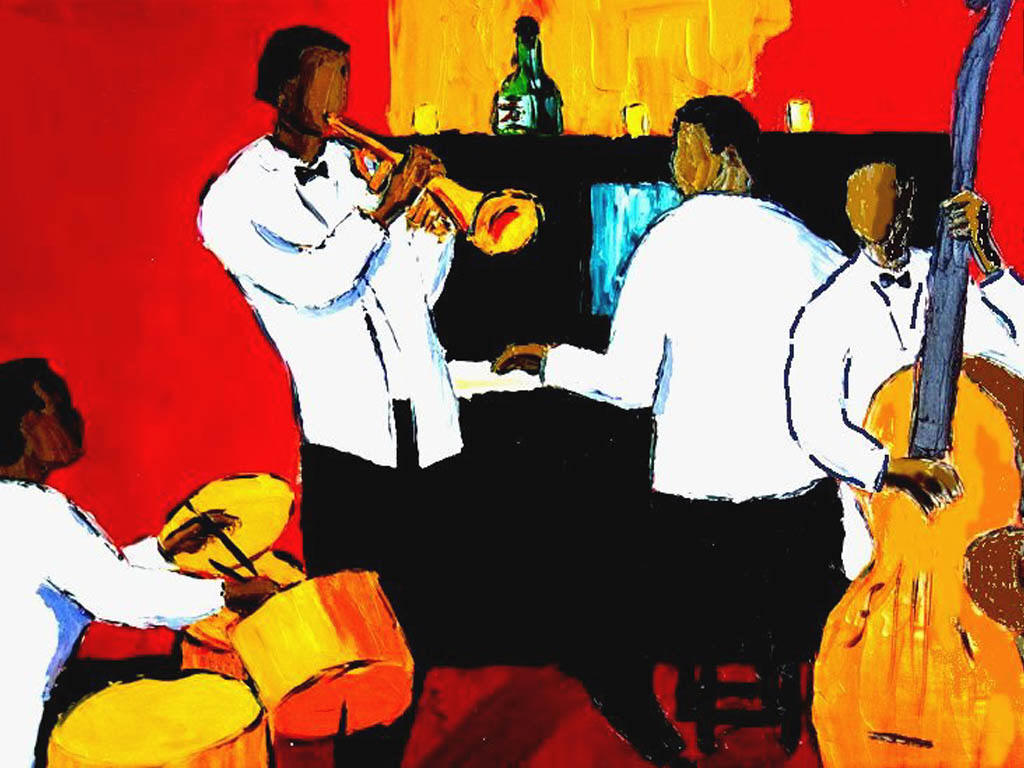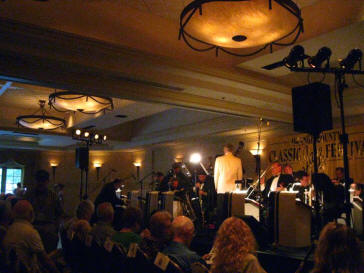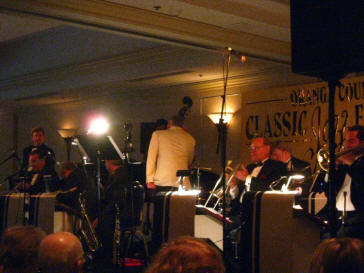
Friday & Saturday 9:30am-11:00pm
Sunday 9:30am-6:00pm









Did you know? - Jazz is a music genre that originated at the beginning of the 20th century in African American communities in the Southern United States from a confluence of African and European music traditions. From its early development until the present, jazz has incorporated music from 19th and 20th century American popular music. Its West African pedigree is evident in its use of blue notes, improvisation, polyrhythms, syncopation, and the swung note. However, Art Blakey has been quoted as saying, "No America, no jazz. I’ve seen people try to connect it to other countries, for instance to Africa, but it doesn’t have a damn thing to do with Africa".
The word "jazz" (in early years also spelled "jass") began as a West Coast slang term and was first used to refer to music in Chicago in about 1915.
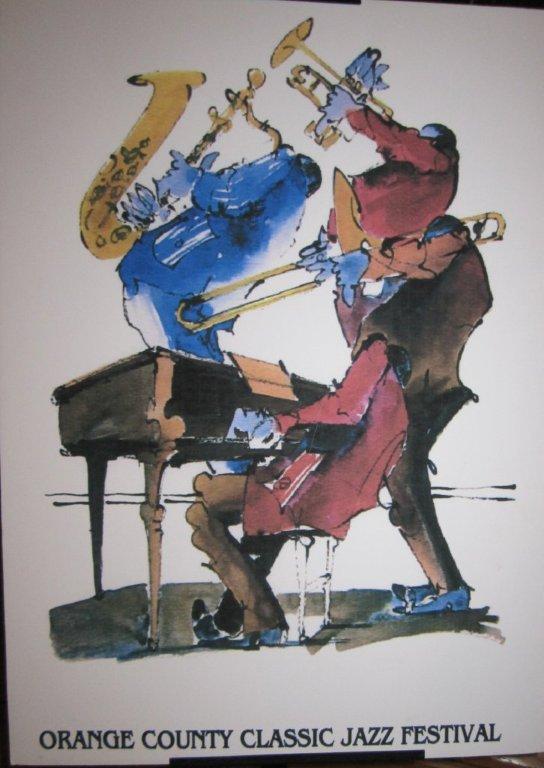
Time for fun!

We finally found a place to park!
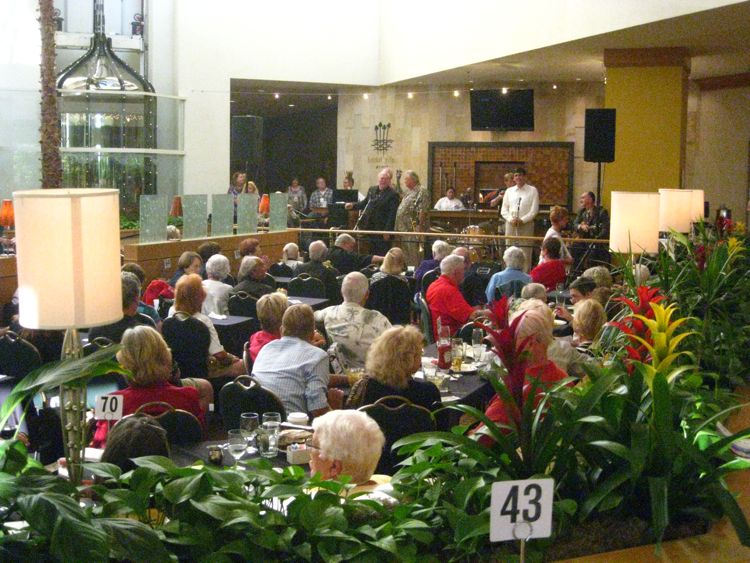
Music everywhere!
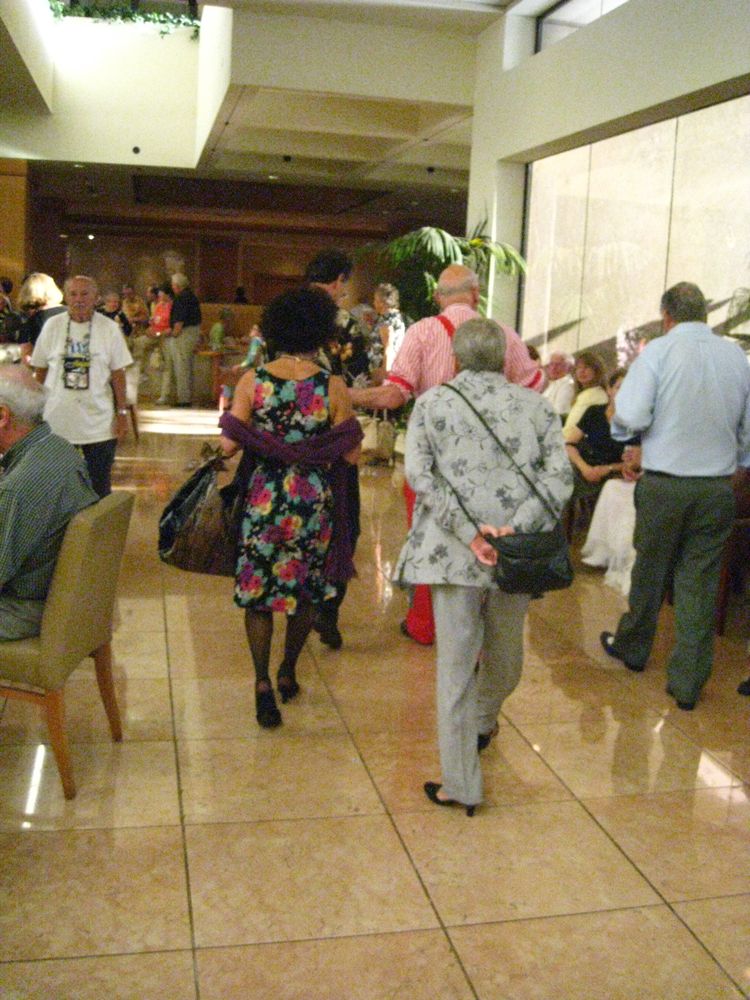
Herb found us immediately
Did you know? - There have long been debates in the jazz community over the definition and the boundaries of “jazz”. Although alteration or transformation of jazz by new influences has often been initially criticized as a “debasement,” Andrew Gilbert argues that jazz has the “ability to absorb and transform influences” from diverse musical styles. While some enthusiasts of certain types of jazz have argued for narrower definitions which exclude many other types of music also commonly known as "jazz", jazz musicians themselves are often reluctant to define the music they play. Duke Ellington summed it up by saying, "It's all music."
Some critics have even stated that Ellington's music was not jazz because it was arranged and orchestrated. On the other hand Ellington's friend Earl Hines's twenty solo "transformative versions" of Ellington compositions (on Earl Hines Plays Duke Ellington recorded in the 1970s) were described by Ben Ratliff, the New York Times jazz critic, as "as good an example of the jazz process as anything out there." ~Wikipedia
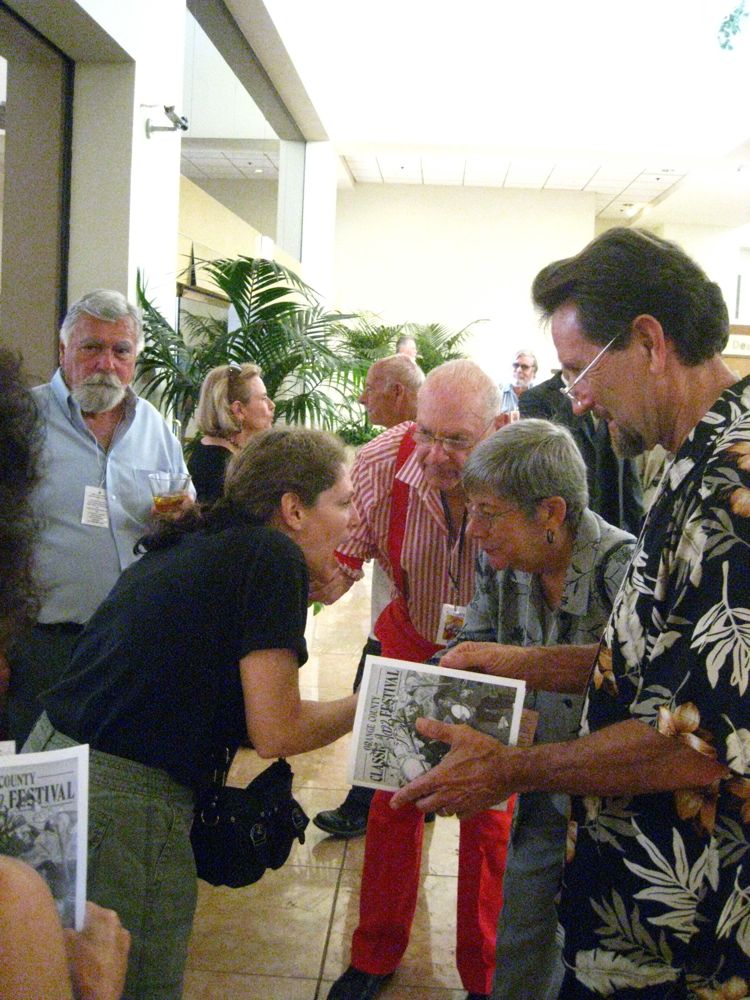
We were honored to meet Herb's daughter and are thankful that Mother Nature is forgiving
We Headed For The Catalina Ballroom
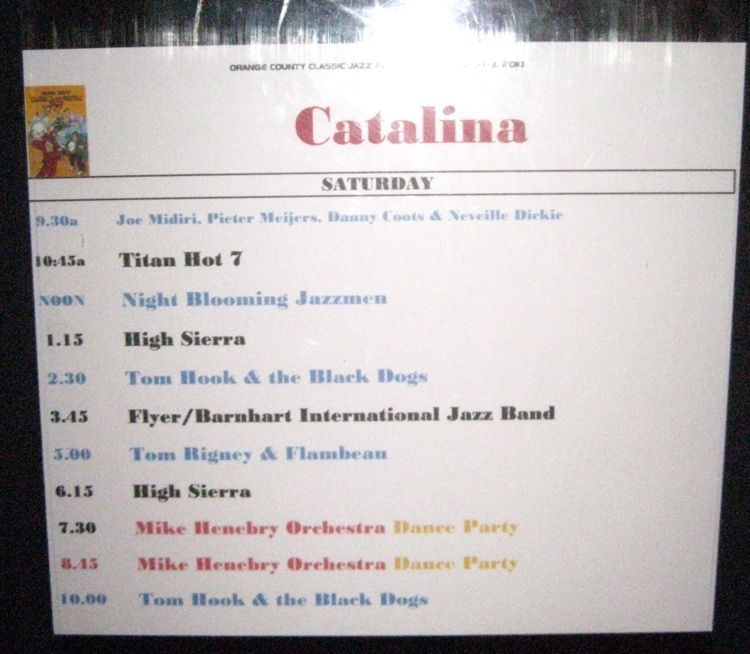
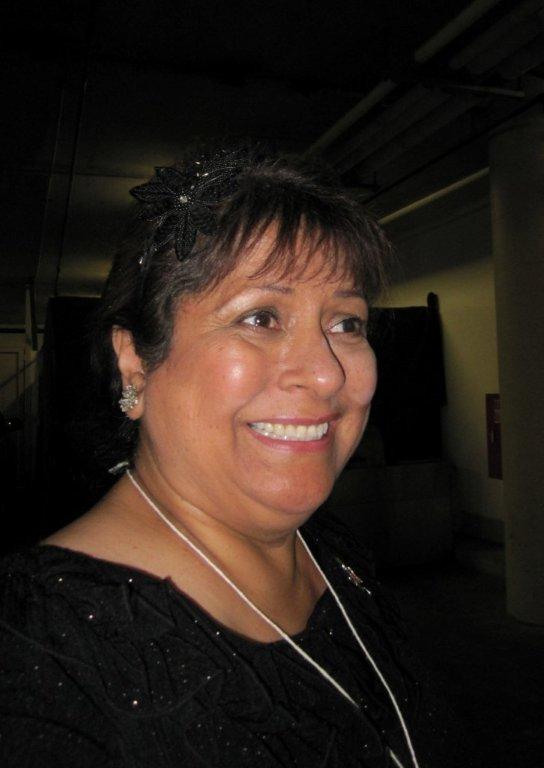
Our photographer was working overtime!
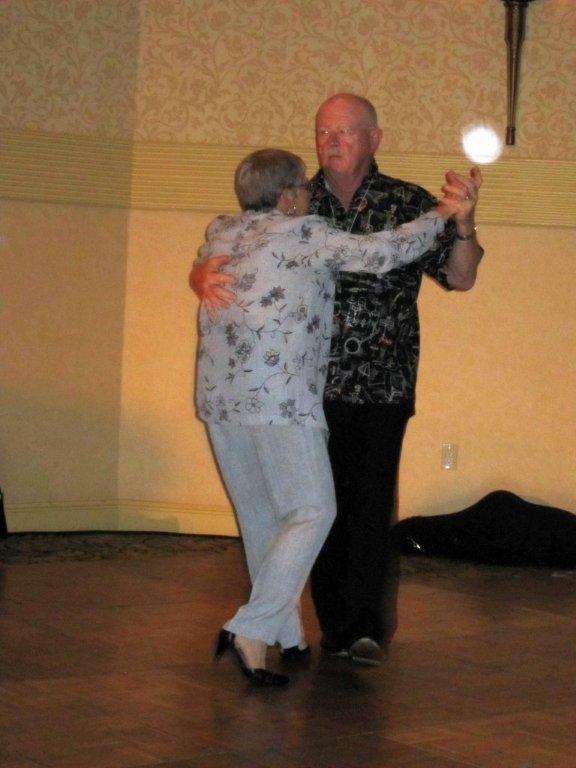
Dang... We were actually there!
Did you know? - From its beginnings in the early 20th century jazz has spawned a variety of subgenres: New Orleans Dixieland dating from the early 1910s, big band-style swing from the 1930s and 1940s, bebop from the mid-1940s, a variety of Latin jazz fusions such as Afro-Cuban and Brazilian jazz, free jazz from the 1950s and 1960s, jazz fusion from the 1970s, acid jazz from the 1980s (which added funk and hip-hop influences), and Nujazz in the 1990s.
As the music has spread around the world it has drawn on local national and regional musical cultures, its aesthetics being adapted to its varied environments and giving rise to many distinctive styles.
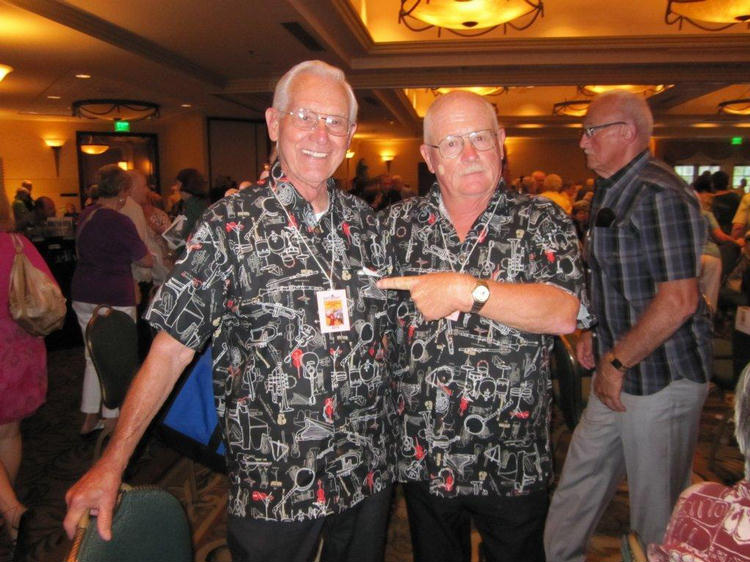
He has my shirt!
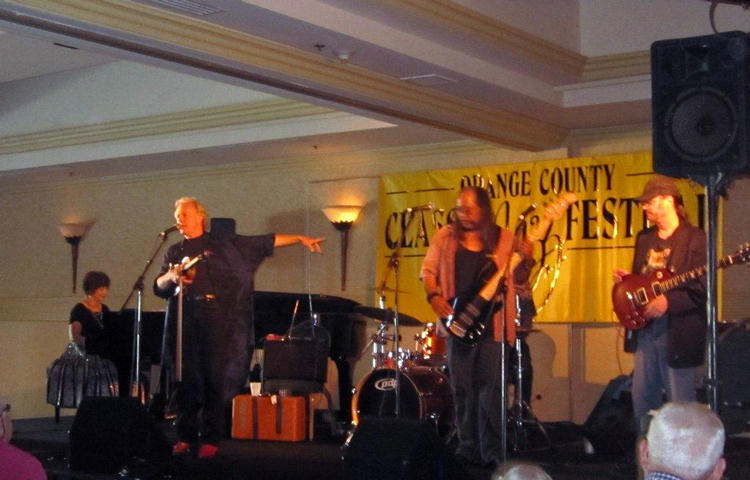
High Sierra Jazz Band in full swing
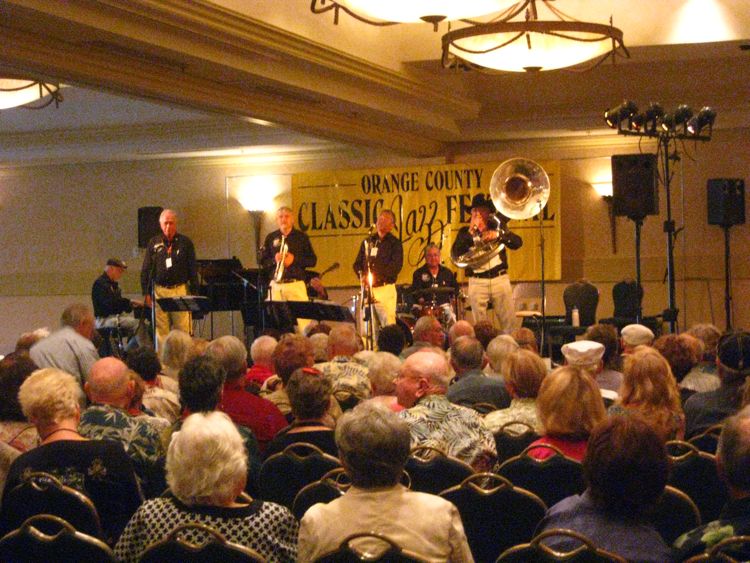
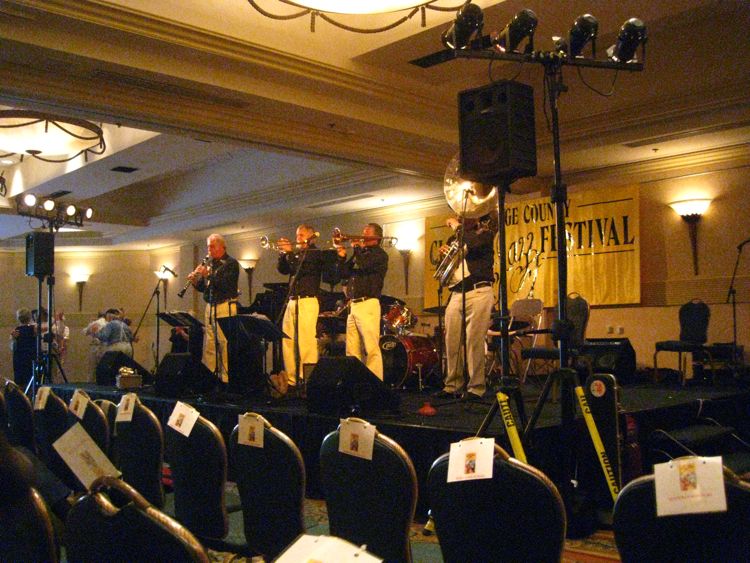
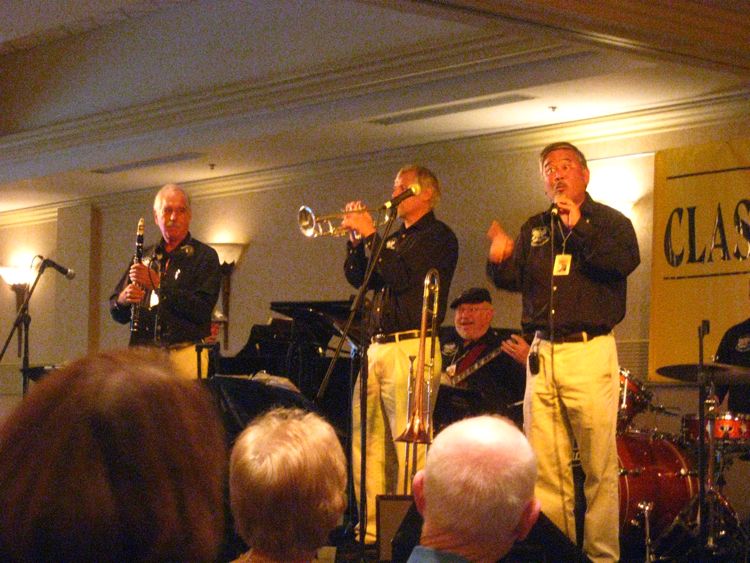
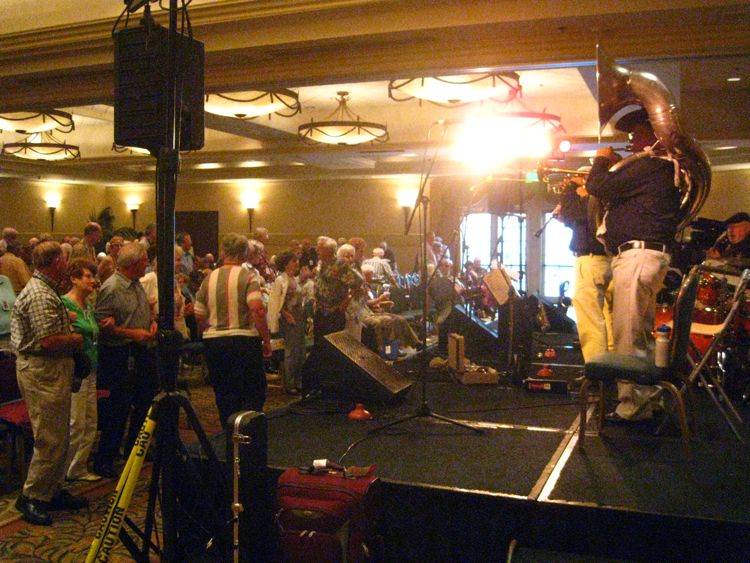
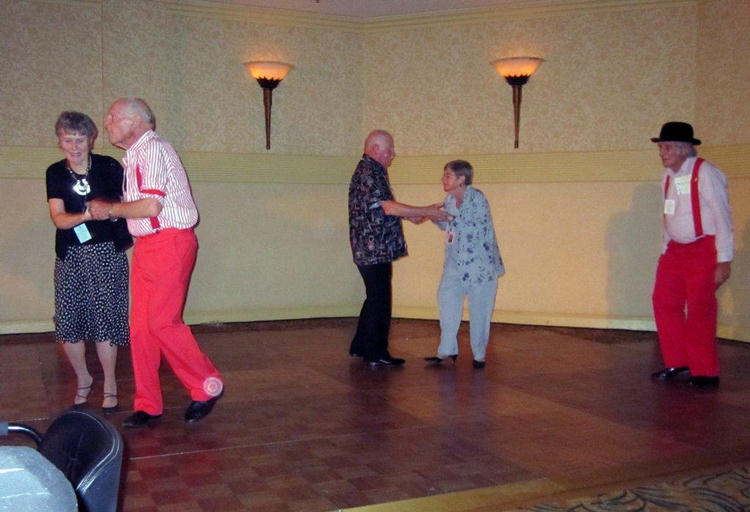
Out and moving!
Beware Of The Enchanted Umbrella (It Makes People Do Funny Things)
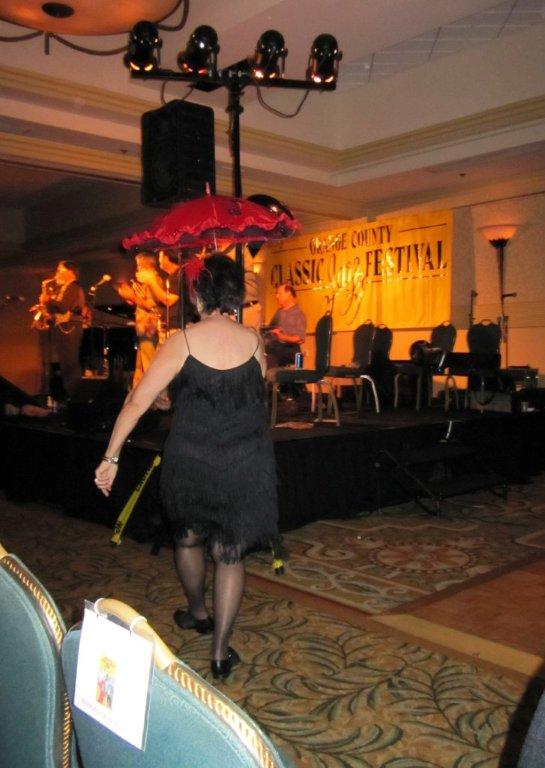
Irene takes off with her red umbrella
Did you know? - An umbrella or parasol (also called a brolly, rainshade, sunshade, gamp or bumbershoot) is a canopy designed to protect against rain or sunlight. The term parasol usually refers to an item designed to protect from the sun; umbrella refers to a device more suited to protect from rain. Often the difference is the material; some parasols are not waterproof. Parasols are often meant to be fixed to one point and often used with patio tables or other outdoor furniture. Umbrellas are almost exclusively hand-held portable devices; however, parasols can also be hand-held. Umbrellas can be held as fashion accessories.
The word umbrella comes from the Latin word umbra, meaning shade or shadow (the Latin word, in turn, derives from the Ancient Greek ómbros [όμβρος].) Brolly is a slang word for umbrella, used often in Britain, New Zealand, Australia, and South Africa; Bumbershoot is a fanciful Americanism from the late 19th century.
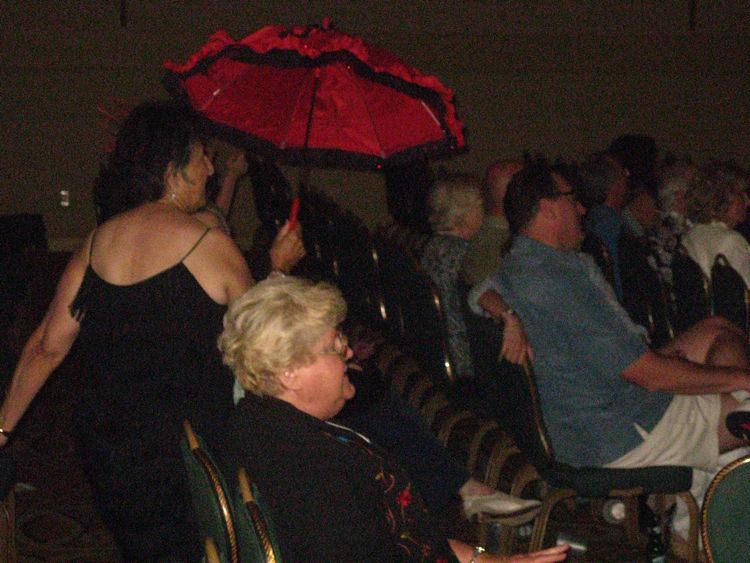
Uh oh! Irene thinks the tune they are playing is "The Stripper"
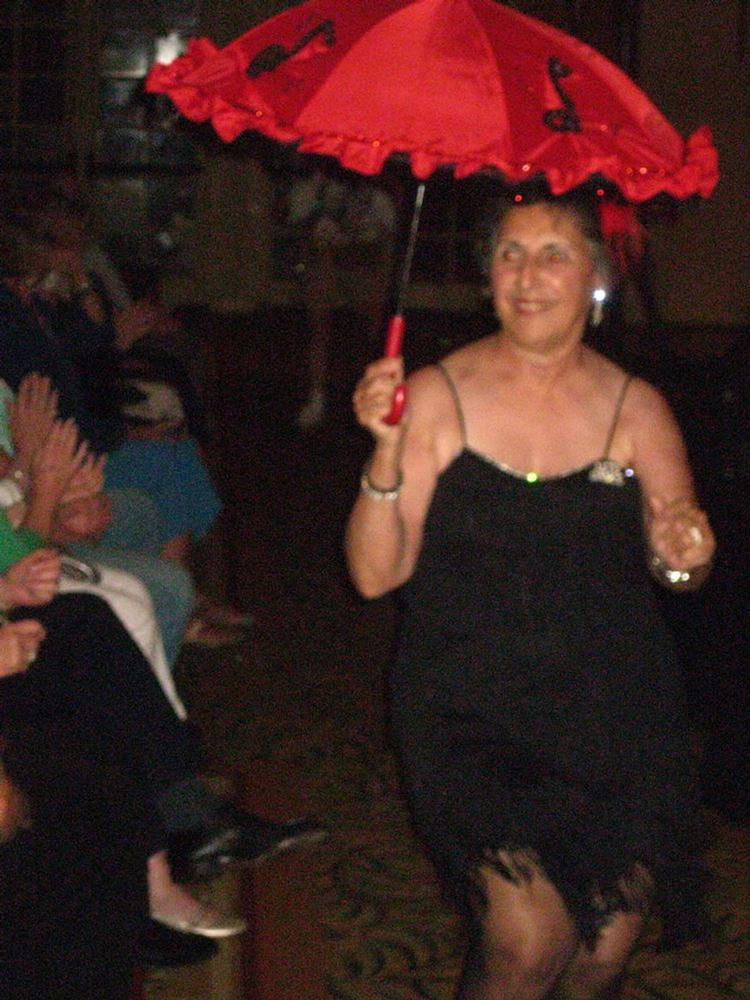
She was moving to fast for the camera
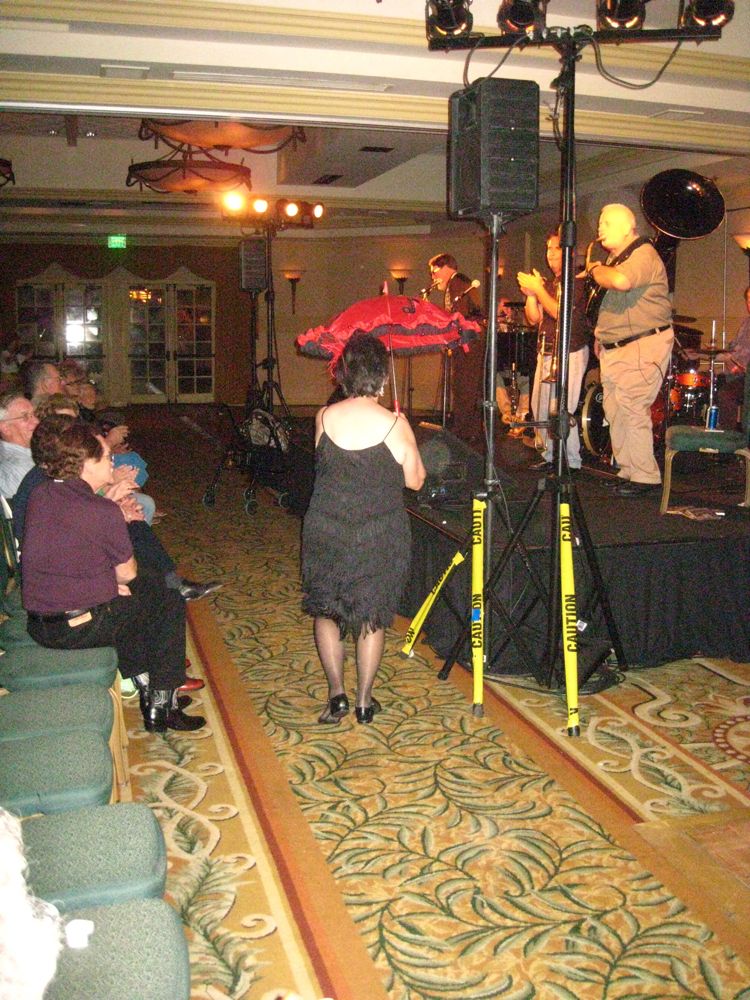
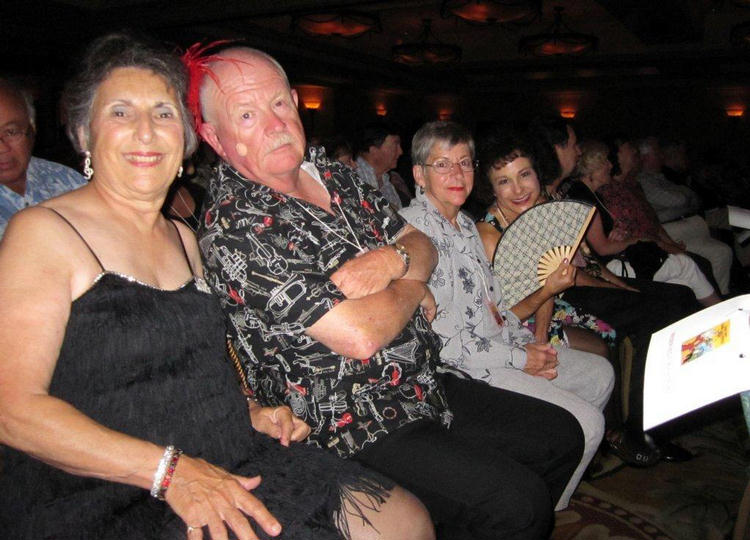
Third row seats... Life is good and NO, that is NOT my feather!
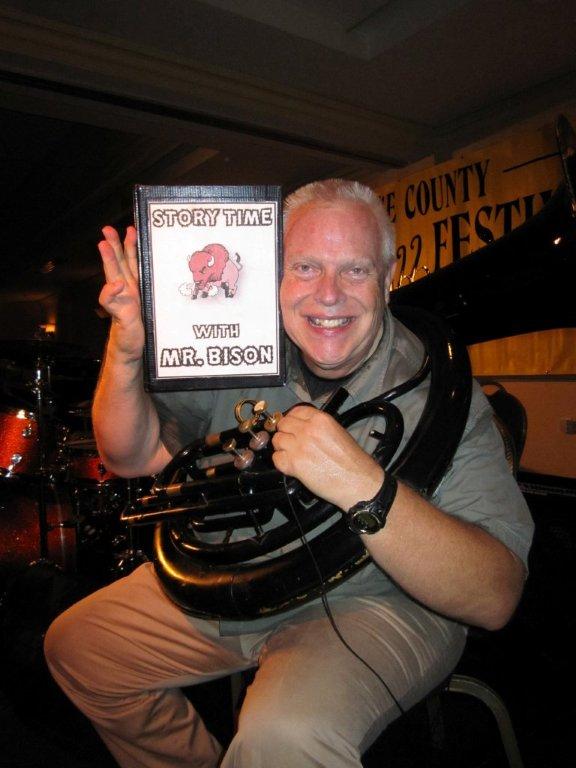
Tuba whizard
Did you know? - The tuba is the largest and lowest pitched brass instrument. Sound is produced by vibrating or "buzzing" the lips into a large cupped mouthpiece. It is one of the most recent additions to the modern symphony orchestra, first appearing in the mid-19th century, when it largely replaced the ophicleide. Tuba is Latin for trumpet or horn. The horn referred to would most likely resemble what is known as a baroque trumpet.
Prussian Patent No. 19 was granted to Wilhelm Friedrich Wieprecht and Carl Moritz on September 12, 1835 for a "basstuba" in F1. The original Wieprecht and Moritz instrument used five valves of the Berlinerpumpen type that were the forerunners of the modern rotary valve.
The addition of valves made it possible to play low in the harmonic series of the instrument and still have a complete selection of notes. Prior to the invention of valves, brass instruments were limited to notes in the harmonic series, and were thus generally played very high with respect to their fundamental pitch. Harmonics starting three octaves above the fundamental pitch are about a whole step apart, making a useful variety of notes possible.
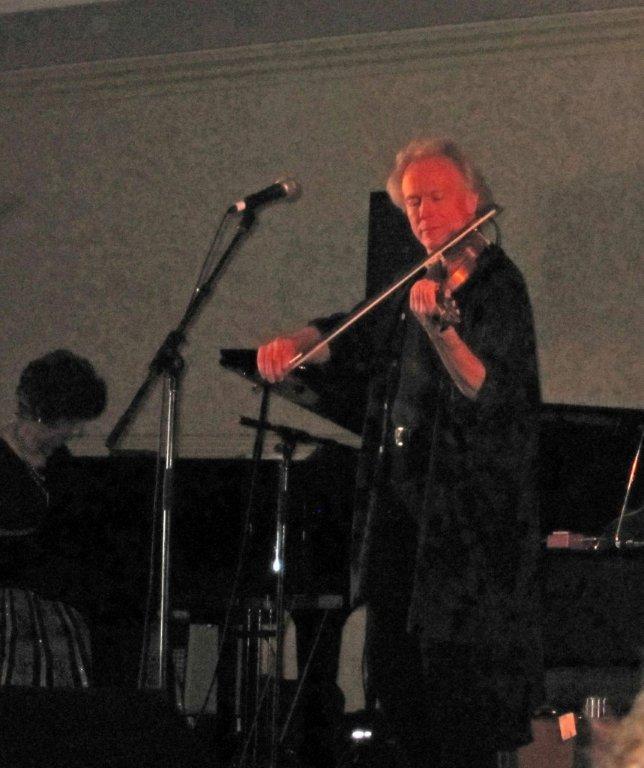
A mean violin
Nope! It Is Not Glark Gable!
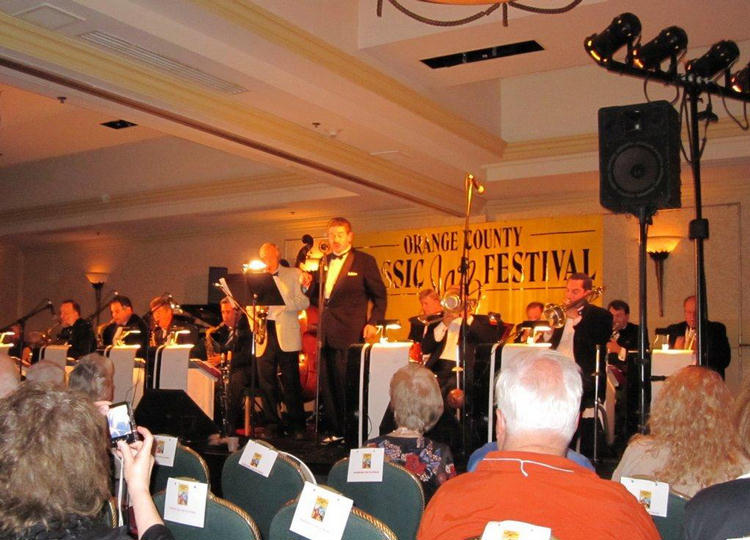
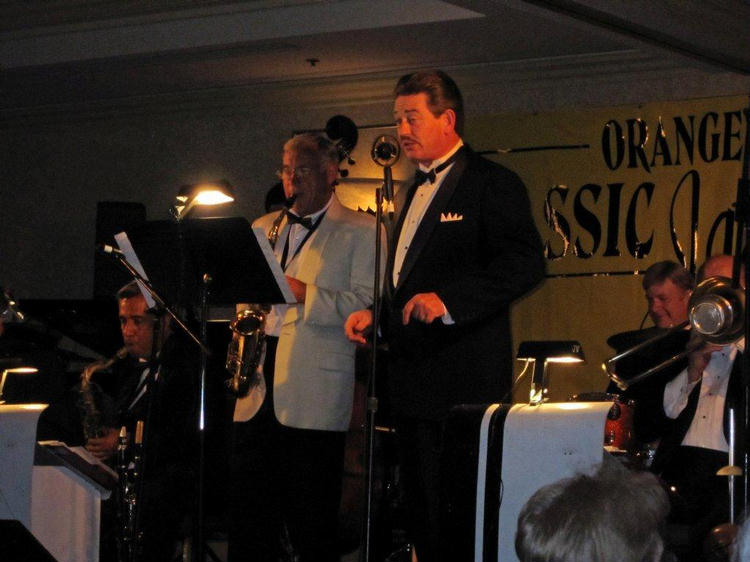
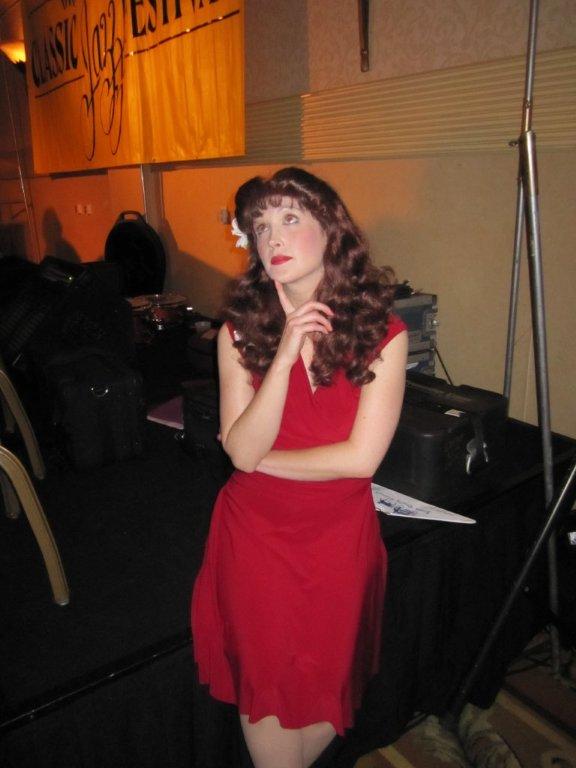
My my... What should I sng next??
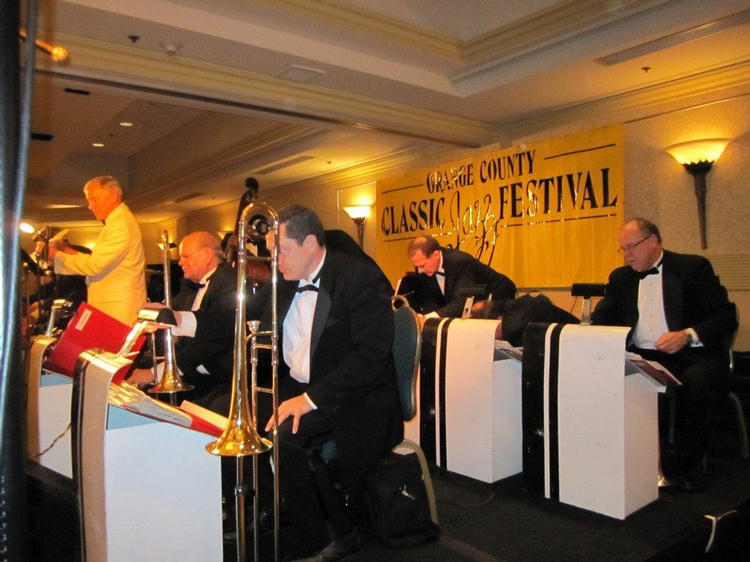
20 + pieces made for great sounds
Shadow Dancing
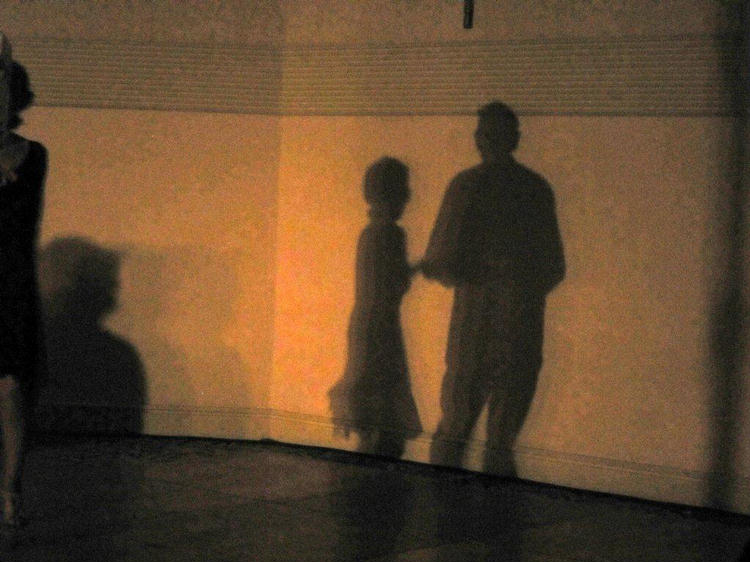
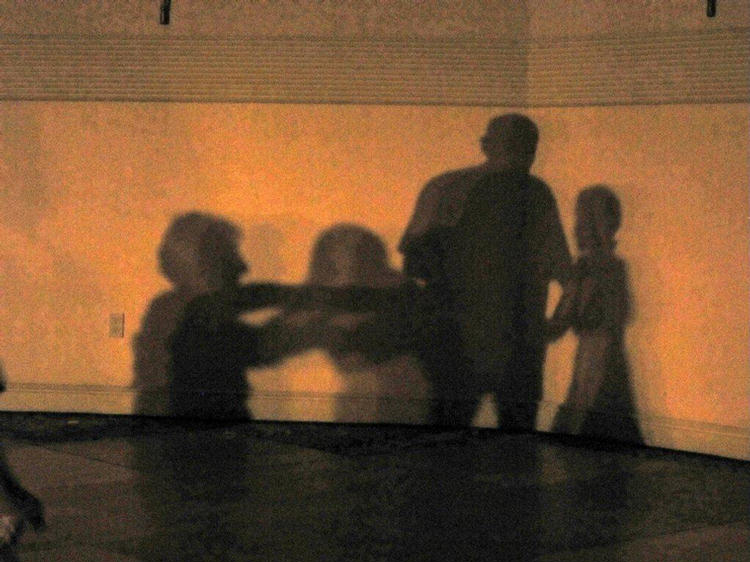
Time To Dance
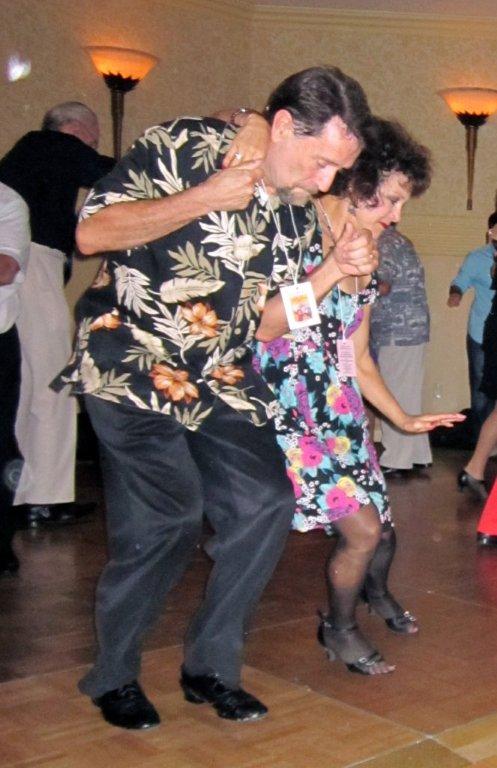
Go Bob... Go Donna
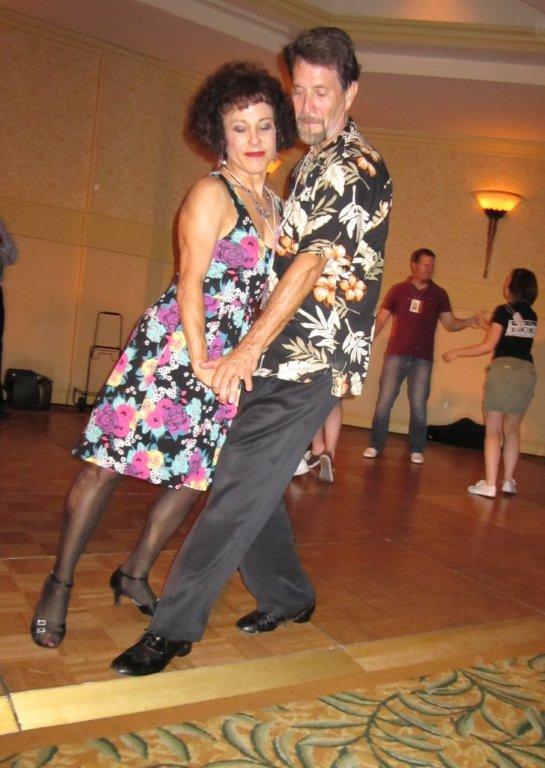
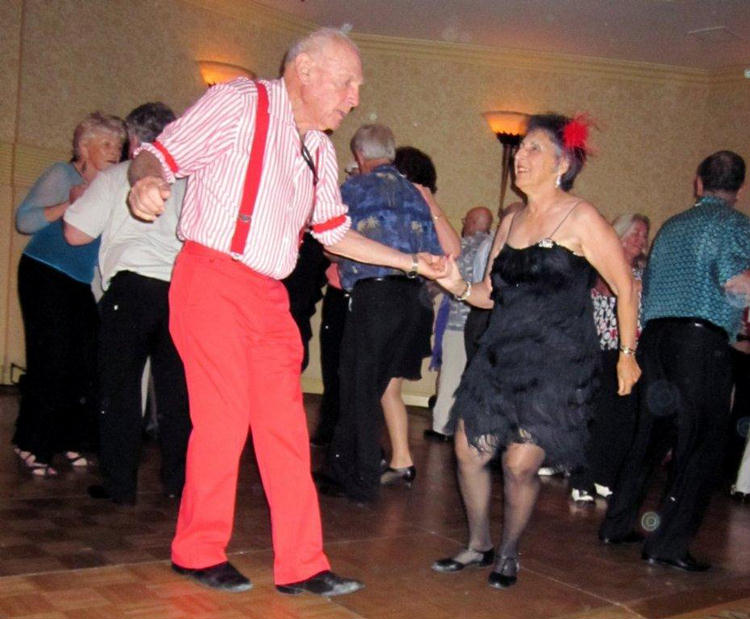
Herb and Irene are warming up the wood!
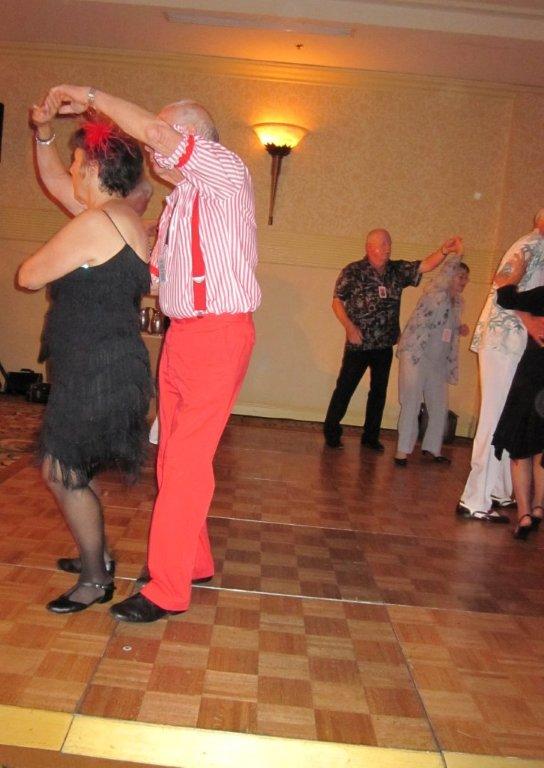
Red is apparently in
Hands up... Reach for the sky
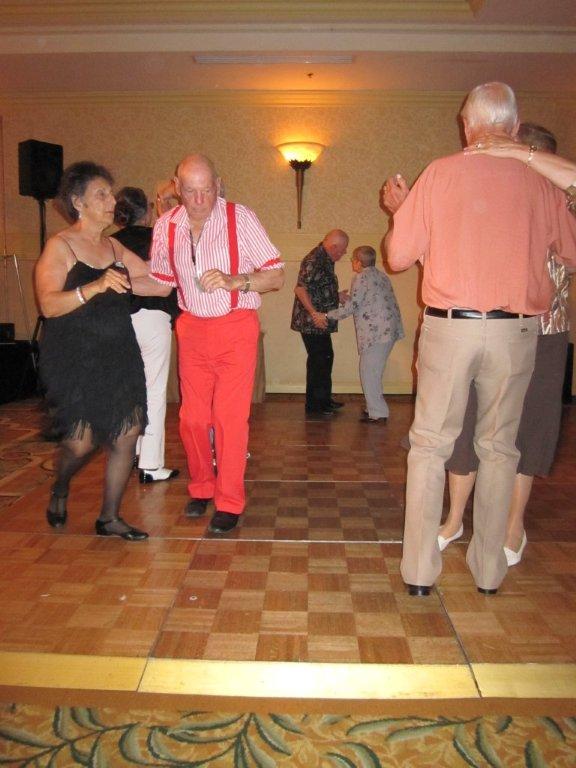
We are moving!
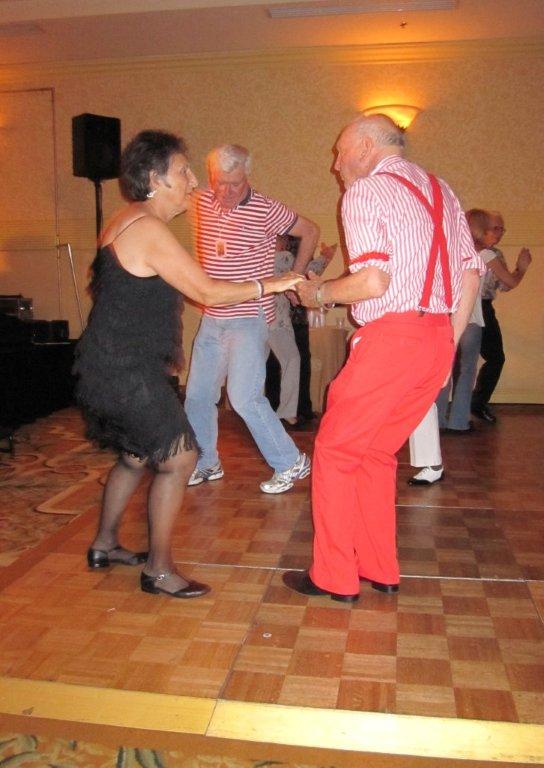
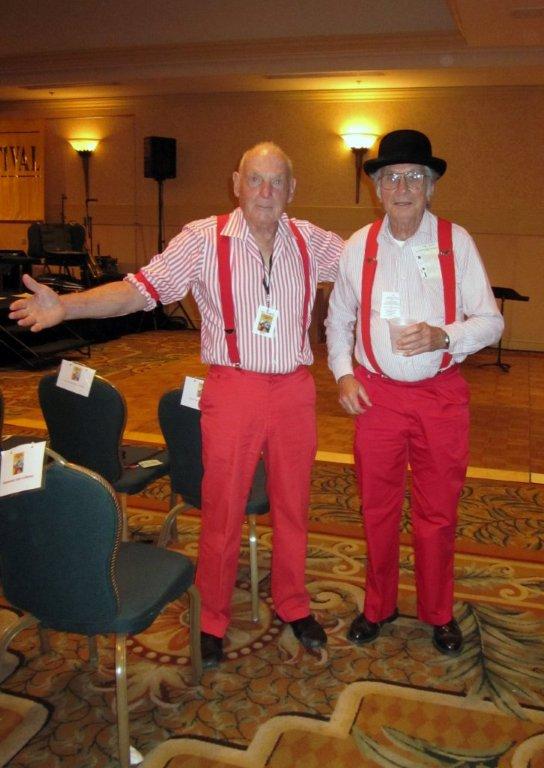
Where is the fire????
Did you know? - Suspenders (Am. English) or braces (British English) are fabric or leather straps worn over the shoulders to hold up trousers. Straps may be elasticated, either entirely or only at attachment ends and most straps are of woven cloth forming an X or Y shape at the back. Braces are typically attached to trousers with buttons using leather tabs at the ends or, incorrectly according to traditional protocol, clips. In British English the term suspenders or suspender belt refers to a garter belt, used to hold up stockings.
There have been several precursors to braces throughout the past 300 years, but the modern type were first invented in 1822 by Albert Thurston and were once almost universally worn due to the high cut of mid-nineteenth and early twentieth century trousers, a cut that made a belt impractical. After losing popularity in the first World War, as men became accustomed to uniform belts, braces were still standard throughout the 1920s. Because of their image as underwear, men switched to belts during the 1930s as the waistcoats which had hidden braces became worn less. This also signalled the switch of position of the buttons from the outside of the waistband to the inside. Though the return of fuller-cut trousers in the 1940s revived braces, they did not dominate over belts again to the same extent.
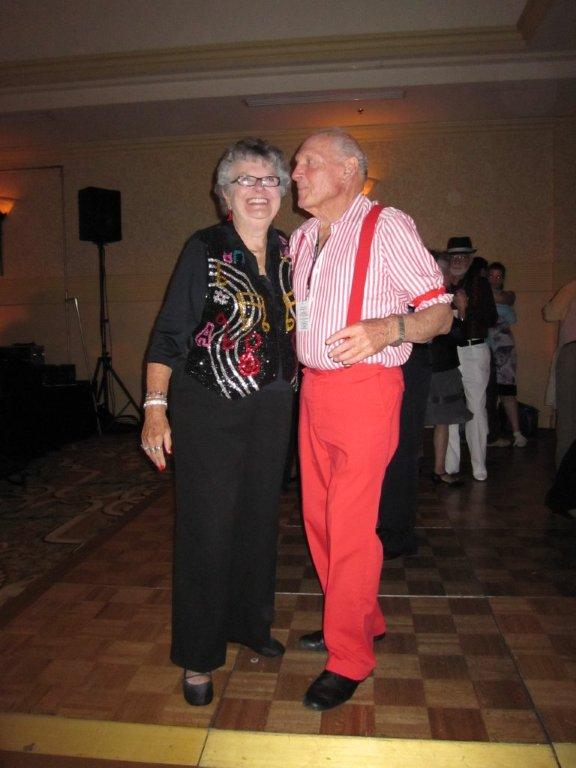
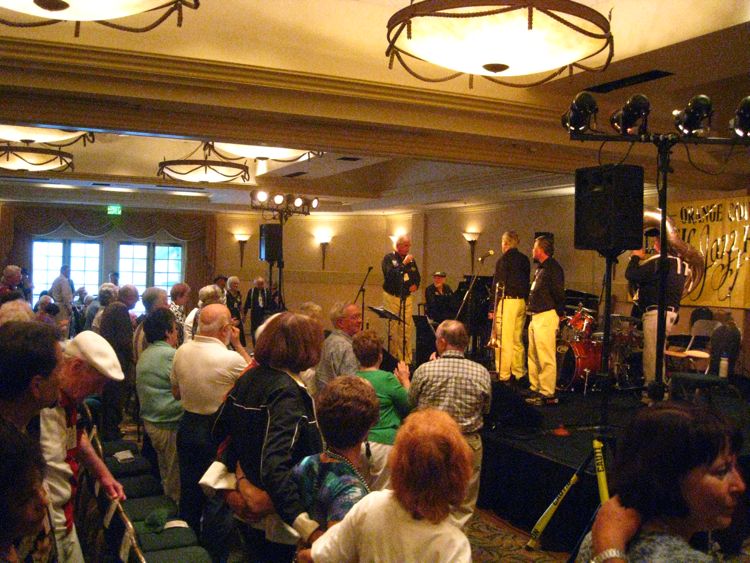
Quick change in process
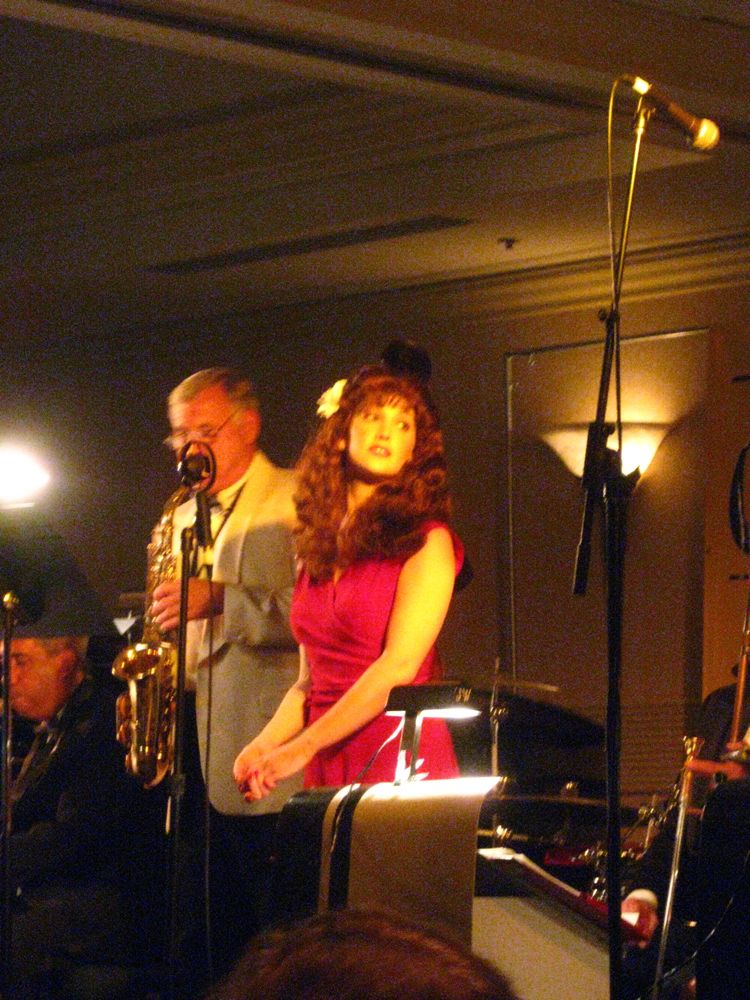
A beautiful girl with a beautiful voice
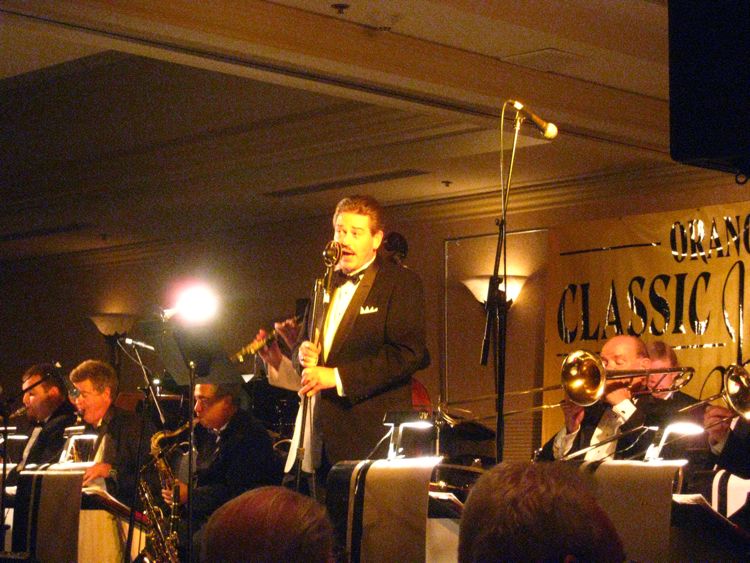
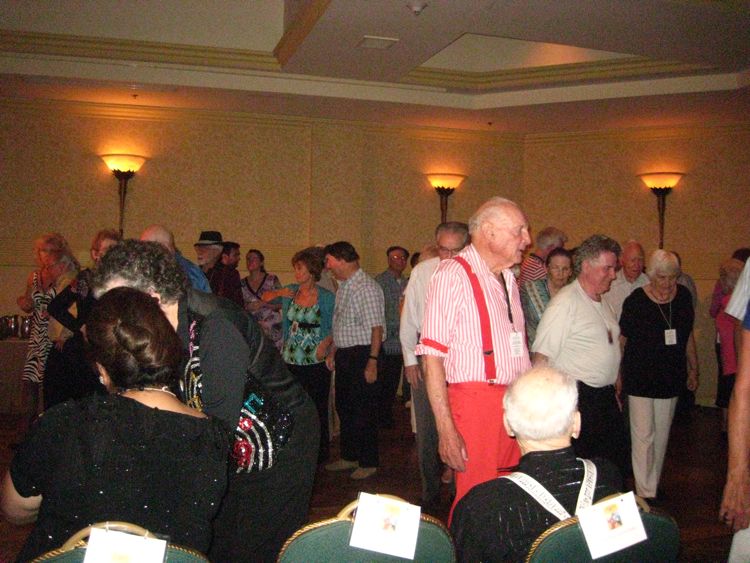
Time for a short break
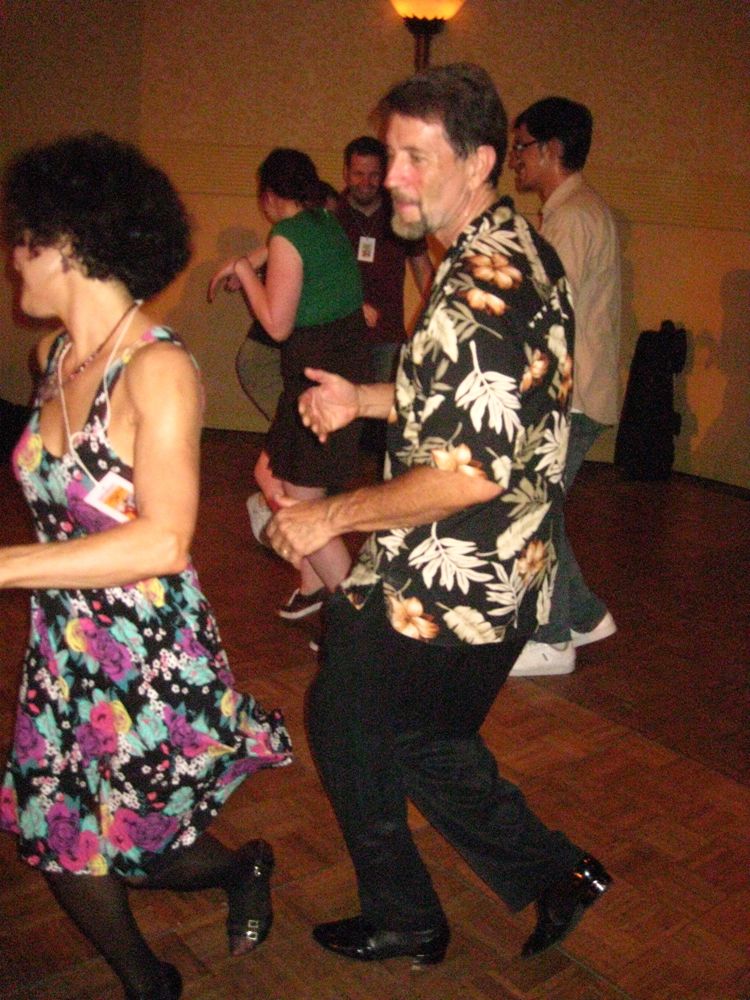
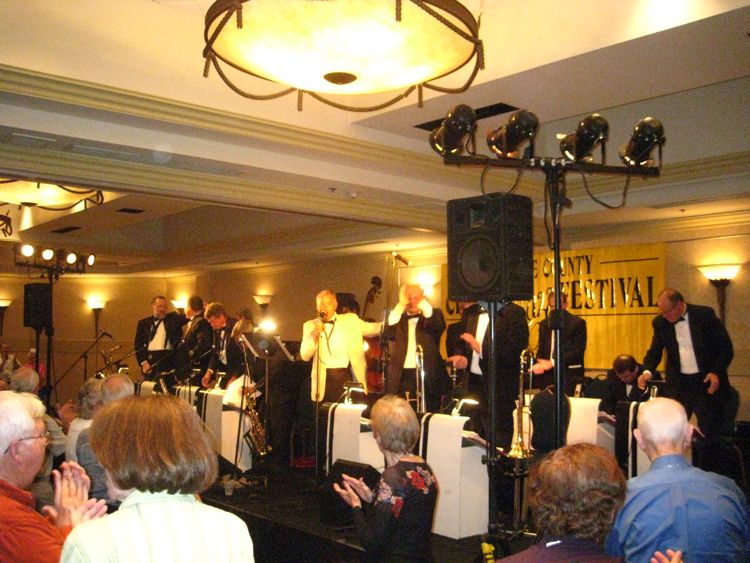
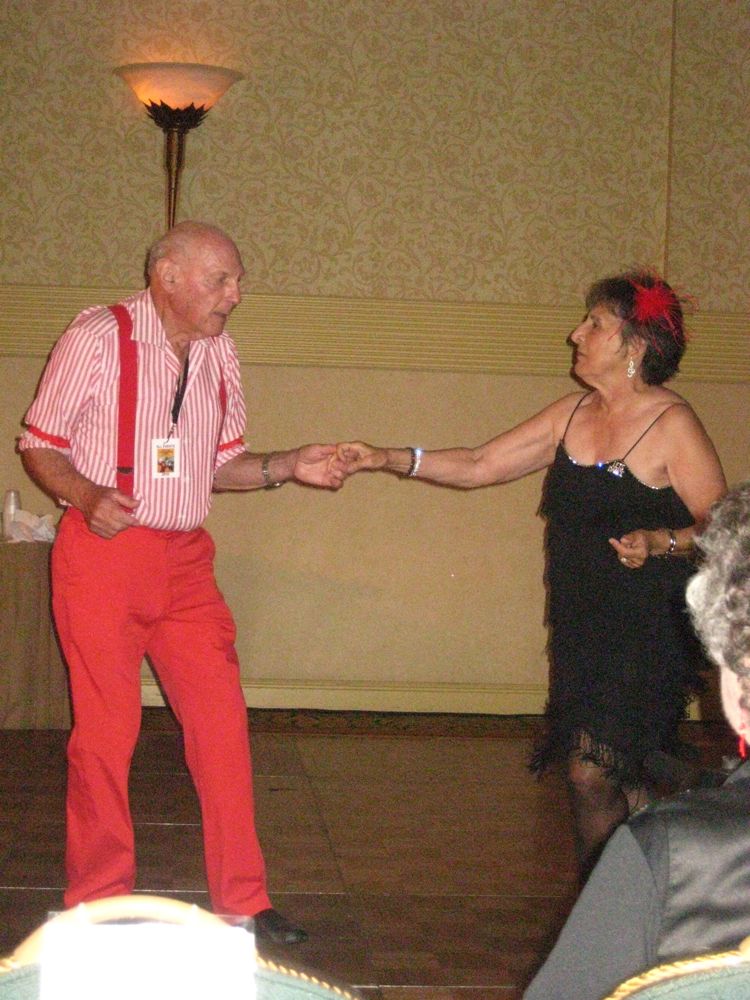
Go guys go
Did you know? - "Swing dance" is a group of dances that developed concurrently with the swing style of jazz music in the 1920s, '30s and '40s, although the earliest of these dance forms predate swing jazz music. The best known of these dances is the Lindy Hop, a popular partner dance that originated in Harlem and is still danced today. While the majority of swing dances began in African American communities as vernacular African American dances, a number of forms (Balboa, for example) developed within Anglo-American or other ethnic group communities.
Swing jazz features the syncopated timing associated with African American and West African music and dance — a combination of crotchets and quavers (quarter notes and eighth notes) that many swing dancers interpret as 'triple steps' and 'steps' — yet also introduces changes in the way these rhythms were played — a distinct delay or 'relaxed' approach to timing.
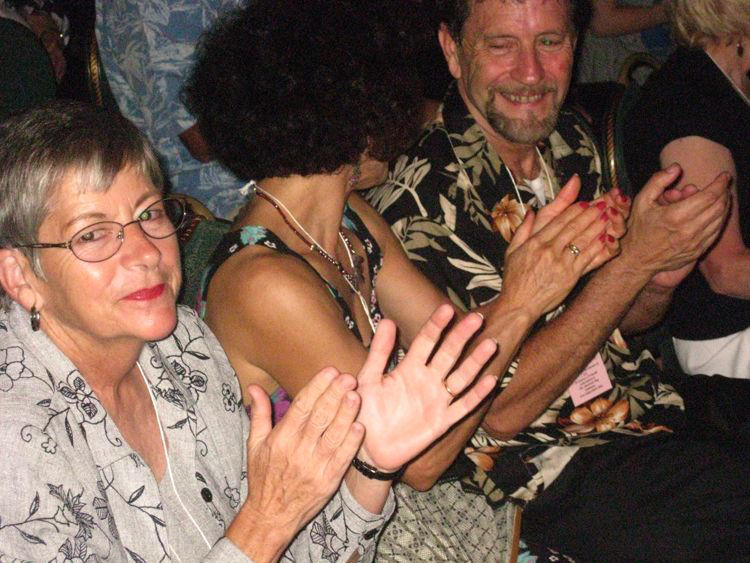
Great applause
Did you know? - Applause (Latin applaudere, to strike upon, clap) is primarily the expression of approval by the act of clapping, or striking the palms of the hands together, in order to create noise. Audiences are usually expected to applaud after a performance, such as a musical concert, speech, or play. In most western countries, audience members clap their hands at random to produce a constant noise; however, it tends to synchronize naturally to a weak degree. As a form of mass nonverbal communication, it is a simple indicator of the average relative opinion of the entire group; the louder and longer the noise, the stronger the sign of approval.
Did you know? - The custom of applauding may be as old and as widespread as humanity, and the variety of its forms is limited only by the capacity for devising means of making a noise (i.e., stomping of feet or rapping of fists or hands on a table). Within each culture, however, it is usually subject to conventions.
The ancient Romans had a set ritual of applause for public performances, expressing degrees of approval: snapping the finger and thumb, clapping with the flat or hollow palm, waving the flap of the toga, for which the emperor Aurelian substituted handkerchiefs (orarium) that he had distributed to the Roman people. In Roman theatre, at the close of the play, the chief actor called out "Valete et plaudite!", and the audience, guided by an unofficial choregus, chanted their applause antiphonally. This was often organized and paid for.
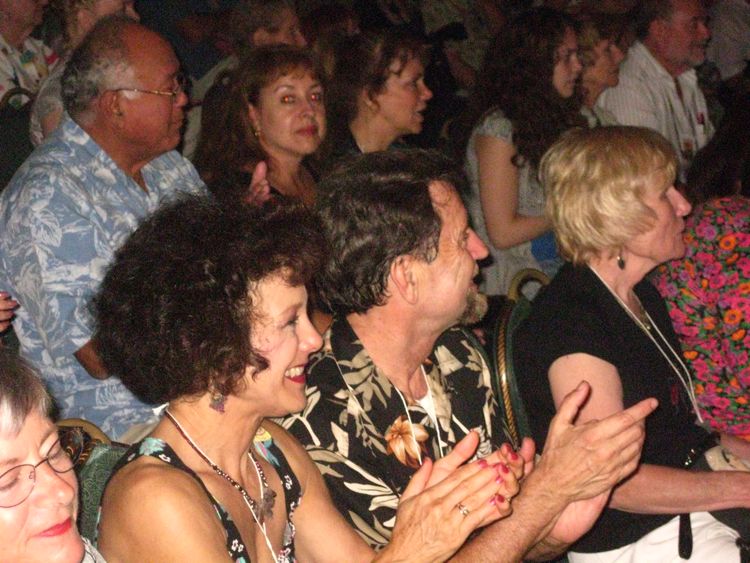
Time to go...
